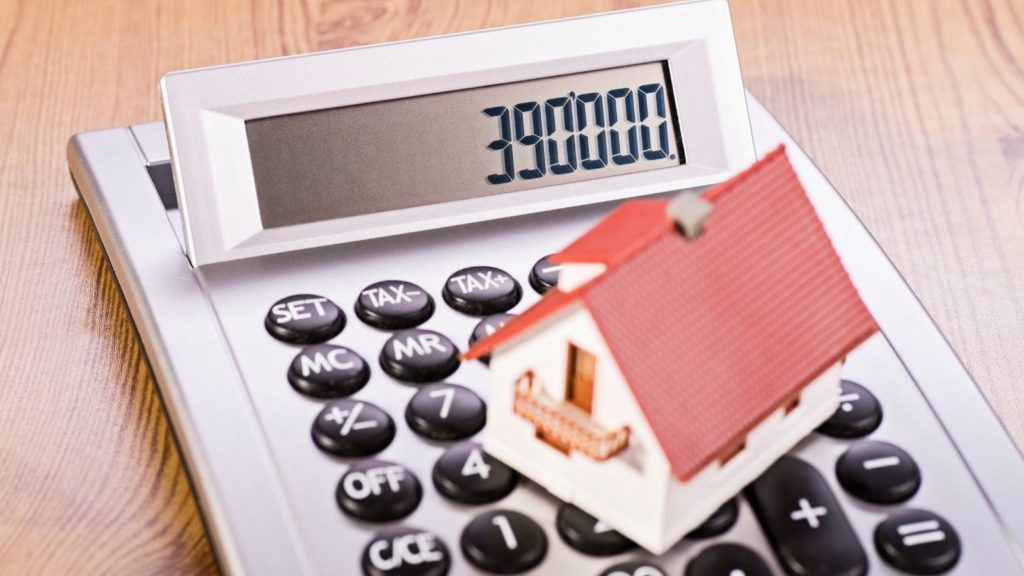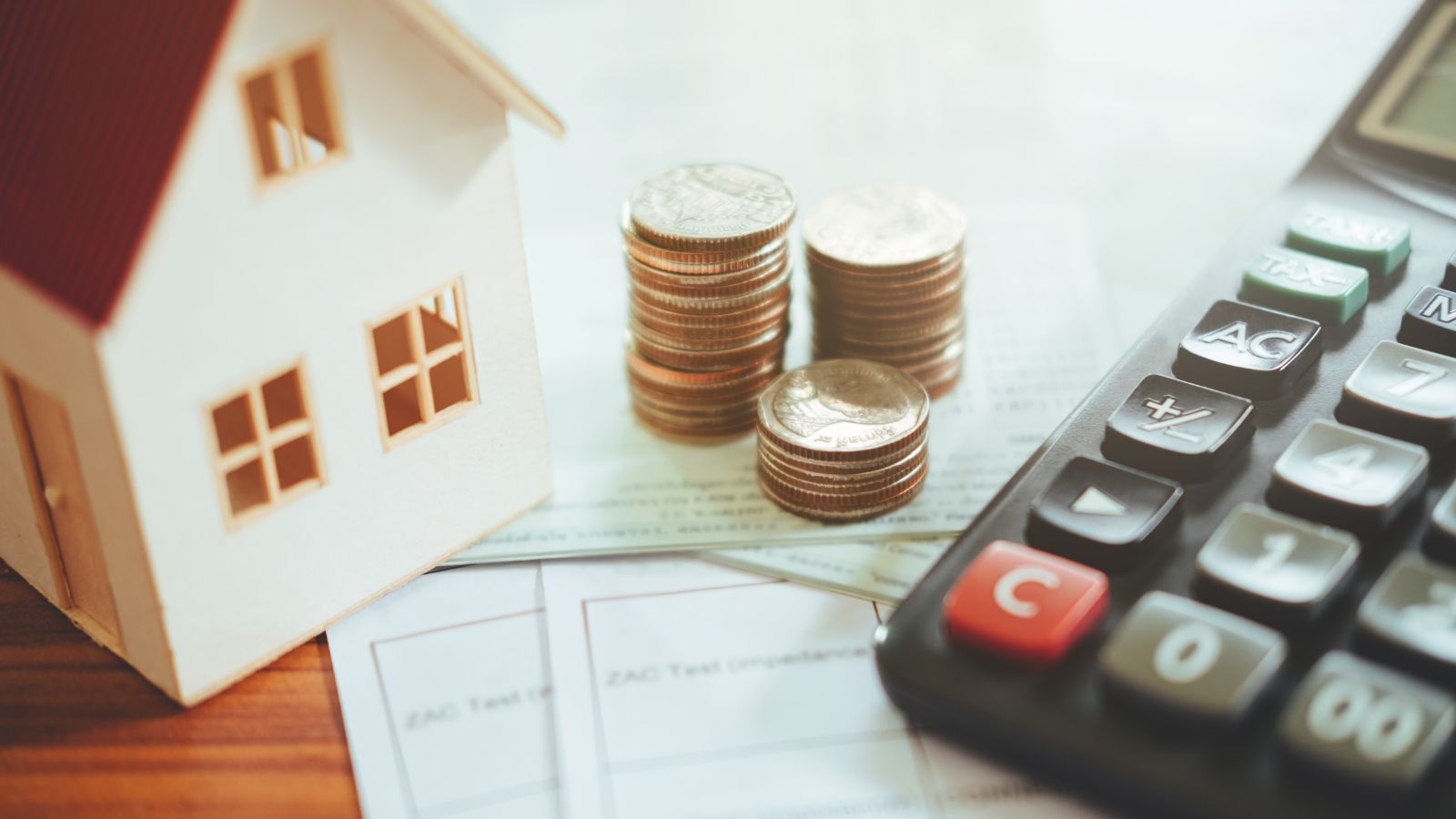Entering the realm of homeownership is a landmark event, often visualized as the culmination of an age-old aspiration. This journey, however, involves a multitude of financial implications beyond the listed price. This thorough guide aims to unravel these costs, facilitating effective budgeting, preventing unexpected shocks, and enabling a confident stride towards your homeownership aspirations.

Understanding the Earnest Money Deposit
You demonstrate your sincere commitment to purchasing a property when you provide an earnest money deposit with your offer. This preliminary investment, typically from 1% to 3% of the home’s price, confirms your serious intention to buy. An escrow account holds this deposit until closing, which goes towards your down payment and closing costs. Comprehending the terms and conditions associated with this deposit is crucial to evade surprises.
Additionally, it’s essential to know that if the sale falls through due to contingencies in your contract, you are usually entitled to a full refund of your earnest money deposit. However, you might forfeit your deposit if you back out of the deal without a valid reason. Therefore, ensure you fully understand your contract before making this commitment. This deposit acts as a safety measure for the seller and simultaneously keeps the buyer accountable, fostering a sense of security in the transaction.
The Dynamics of the Down Payment
Your down payment is a vital component of your home purchase. This upfront cost considerably influences your mortgage terms, including interest rates and monthly payments. A conventional mortgage generally requires a 20% down payment, but other loan types may allow for less, with government-backed loans often requiring smaller down payments but typically necessitating private mortgage insurance.
Remember, while a smaller down payment might sound appealing, it usually means higher monthly payments and the added cost of private mortgage insurance. Conversely, a larger down payment might be more challenging to save for, but it could save you money in the long run through lower monthly payments and less total interest paid. So, carefully weigh your options and financial situation before deciding on the size of your down payment.
Navigating Mortgage Costs
Mortgage expenses are about more than just repaying the principal amount. They include accumulated interest over time, affected by factors like your credit score, loan type, and current market conditions. Additionally, the term length of your mortgage significantly impacts monthly payments and total interest paid.
While it might be tempting to go for a mortgage with a longer term due to the lower monthly payments, remember that this means you’ll be paying off your loan (and accruing interest) for a more extended period. Alternatively, a shorter-term mortgage might mean higher monthly payments, but you’ll become free of debt quicker and pay less interest overall. Mortgage costs may seem overwhelming initially, but understanding their components and choosing the right plan can lead to long-term substantial savings.
Preparing for Closing Costs
Closing costs, often surprising for first-time homebuyers, include fees associated with finalizing your mortgage. These typically account for 2% to 5% of your loan and encompass a range of costs, including appraisal fees, attorney fees, title searches, and lender charges. Your lender will require a professional property appraisal to ensure its market value aligns with the loan amount. In addition, you should anticipate a thorough home inspection to uncover any potential issues, saving you from costly future repairs.
Closing costs also include establishing an escrow account for future property tax and insurance payments. You may overlook significant annual expenses like property taxes and homeowner’s insurance. The assessed value of your home and the local tax rate determine your property taxes. In contrast, the cost of homeowner’s insurance varies according to your home’s value, geographical location, and the extent of coverage you select. An upfront payment at closing is usually required, making their inclusion in your budget essential. Always check the local tax rates and estimate insurance costs in your preferred area to avoid being caught off-guard by these recurring expenses. It’s important to note that these costs could change over time as local tax rates fluctuate and property values adjust.
Factoring in Maintenance and Improvement Costs
Ongoing costs are a reality of homeownership. Regular maintenance and unforeseen repairs, from roofing issues to HVAC system malfunctions, are inescapable. Home improvement projects or renovations should also form part of your initial budget.
Moreover, when budgeting for renovations, it’s vital to overestimate costs. Renovation projects often run over budget due to unforeseen complications or changes in plans. It’s also worth considering that renovations can add value to your home, improving your home’s market worth if you choose to sell later. Investing in periodic maintenance and prompt repairs can also help retain the value of your home and prevent more significant issues down the line.
Accounting for Moving Expenses
Physically moving to your new home is an expense in itself. Hiring movers, purchasing packing materials, potential storage needs, and long-distance travel expenses are all integral to your budget planning, preventing any last-minute financial stress.
It’s also essential to remember that if you’re moving to a different city or state, your cost of living might be higher or lower than you’re used to. This change could affect various aspects of your budget, such as grocery bills, transportation costs, and utility bills. Therefore, research your new location’s cost of living before moving to ensure a smoother financial transition. Plan your move during off-peak times, such as weekdays or outside of the summer months, to reduce moving costs.
Prioritizing an Emergency Fund and Avoiding House Poor Status
A critical yet often overlooked aspect of homeownership is the necessity of an emergency fund. This safety net ensures you can handle unexpected expenses or changes in your income without compromising your mortgage payments. Having a safety net encompassing three to six months of your routine living costs is advisable.
Being “house poor” is a situation you should strive to avoid. This term refers to a state where a substantial part of your income goes towards housing expenses, leaving little for savings, investments, or other living costs. While your new home might be a source of joy, it’s crucial not to let it become a financial burden.
It’s essential to balance the home of your dreams and what you can realistically afford. Purchasing a more modest home can free up funds for maintenance, emergencies, and other lifestyle needs. This way, you’re investing in your happiness and financial security, not just a property.
Conclusion
Embarking on the homeownership journey is an exciting venture, but it’s crucial to be aware of the hidden costs and considerations involved. With a comprehensive understanding of these expenses—from earnest money deposits and down payments to ongoing maintenance costs, moving expenses, and the importance of an emergency fund—you’ll be better prepared to navigate the financial landscape of buying a home.
Moreover, when partnered with the expertise of a seasoned real estate agent, this newfound knowledge can help you make well-informed decisions. Your dream home should not only be a place of comfort but also a financially prudent investment that contributes positively to your overall financial health. By considering all these factors, you can confidently stride towards the reality of homeownership.





